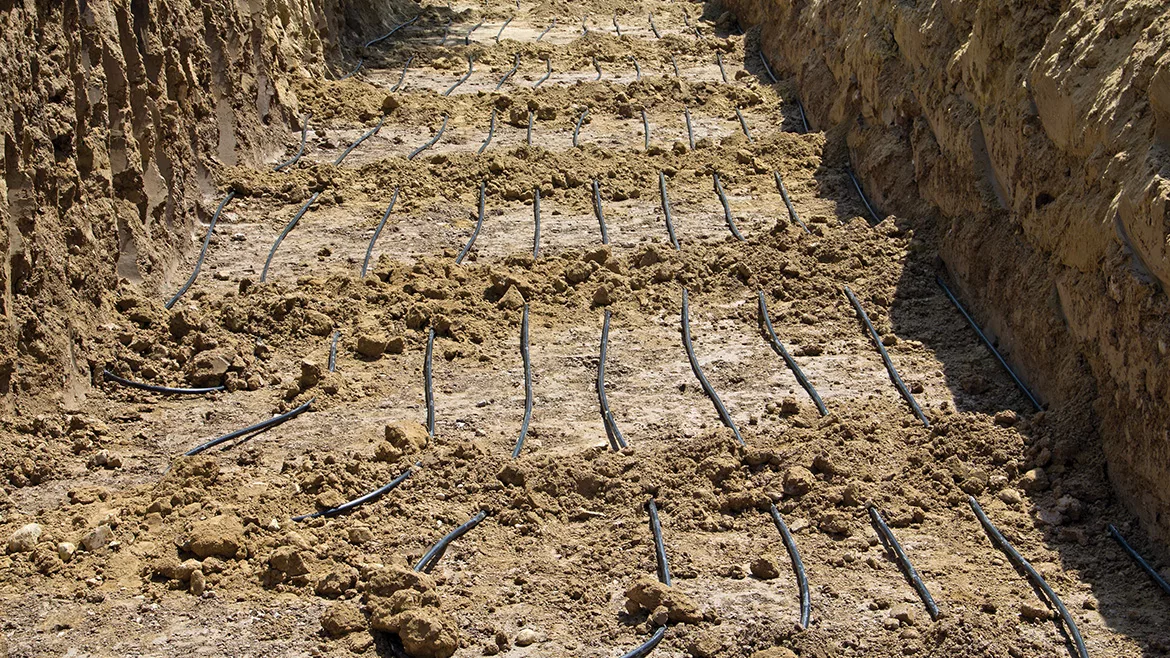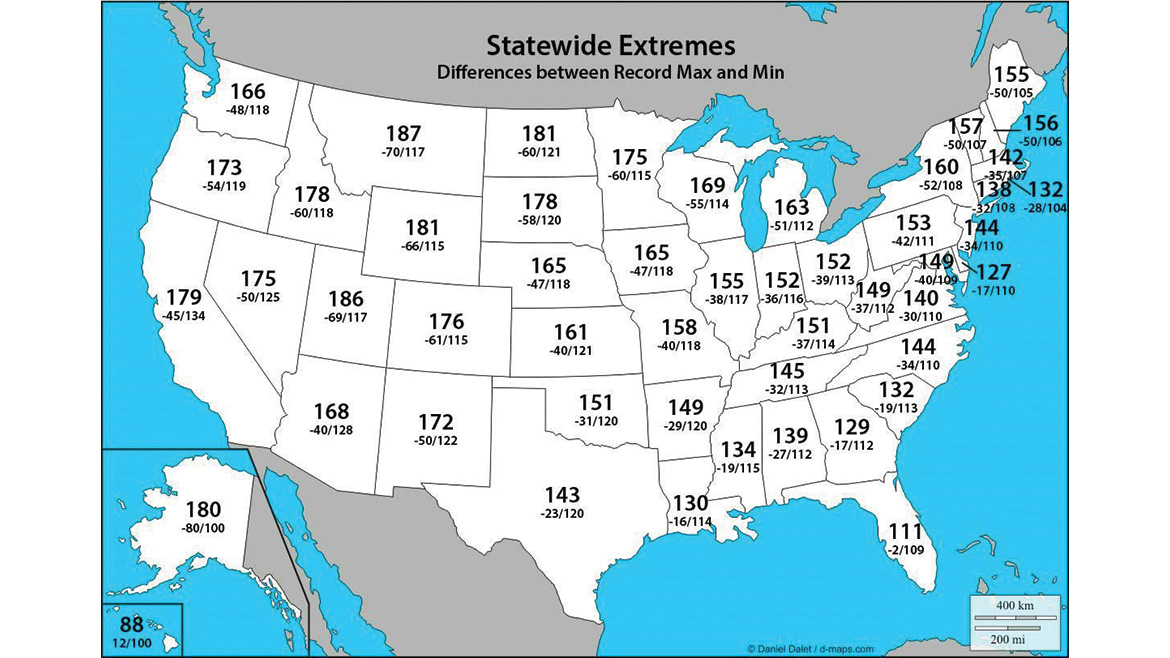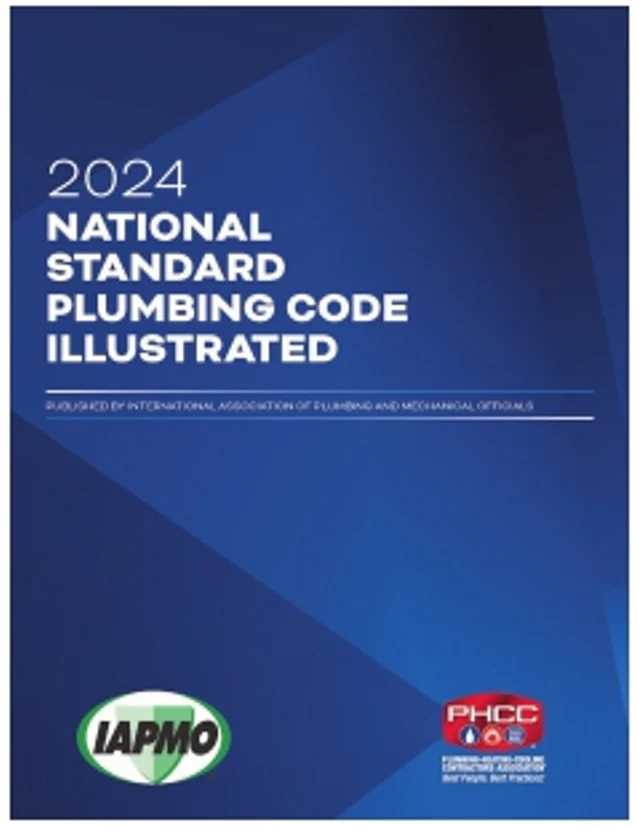Radiant Comfort Report Spring 2024 Edition
Thermal Energy Networks for HVAC&W
Targeting the performance zone.

A TEN can exchange energy using almost any ground or water source in order to keep system temperatures inside the performance zone. Image Source: SimplyCreativePhotography/E+ via Getty Images
Circulating ground-temperature water within or among buildings that are part of a Thermal Energy Network (TEN) results in high-efficiency heating and cooling that reduces capital and operating costs while also mitigating the effects of climate change through decarbonization. In order for this to be accomplished, however, the water circulated within these systems must be kept within a temperature range called the performance zone.

Image courtesy of Egg Geo
What is the performance zone?
Water-source DX systems work most efficiently when the water they use is between 50° and 90° F, which is the performance zone. When outside temperatures require them to function outside this zone, it increases the amount of wear on systems along with their cost of operation. The inevitability of this happening also requires manufacturers to design equipment that can operate at extreme temperatures and increases capital expenditures; typically requiring owners to install both heating and cooling systems in every building.
Circulating water is the solution
Water has the highest heat transfer capacity and the lowest horsepower requirements for moving thermal energy between zones inside a building or among multiple buildings. By taking advantage of thermal opportunities both inside and outside of buildings, this energy can be distributed within a closed system using water-source heat pumps that make hot or cold air or water as necessary in order to keep water temperature within the performance zone.

The inevitability of system operation outside the performance zone requires manufacturers to design equipment that can operate at extreme temperatures. Figure 1. Image courtesy of the National Climatic Data Center.
An abundance of thermal resources
TEN can utilize almost any nearby source of thermal energy including buildings themselves, which are sources as a result of variances in net energy use by spaces inside them. Energy can also be exchanged using almost any ground or water source in order to keep system temperatures inside the zone. These GeoExhange sources can include rivers, ponds, irrigation, sewers, stormwater run-off or retention, grey water and storage tank water.

A Thermal Energy Network (TEN) can result in high-efficienty heating and cooling that reduces capital and operating costs while also mitigating the effects of climate change through decarbonization. Image courtesy of Egg Geo
The advantages of TEN apply to all
A number of unique characteristics make TEN scalable to all commercial buildings as well as individual homeowners.
- TEN can circulate water between buildings or among zones within a structure;
- TEN can be as simple as heat sourced from cooling for service or domestic water heating;
- TEN allows energy from low-quality resources to be used instead of requiring the purchase of new energy;
- TEN is the first district system that works with or without a distributed central plant;
- TEN is much simpler to design and reduces high thermal losses and issues of pressure and corrosion associated with district heating systems;
- TEN eliminates capital expenditures required for sharing water or using it as a source or sink by the building or homeowner;
- TEN is compatible with all available HVAC&W options as well as with existing equipment that can be phased out over time;
- TEN creates diversity that can be advantageous for energy sharing in mixed-used communities or as a target solution for buildings requiring high consumption;
- TEN creates a coalition of customers and utilities that reduces the cost and consumption of energy;
- TEN is locally driven, which ensures the lowest installation and operating costs while also creating local job opportunities;
- TEN enables the adoption of green technologies by those who might otherwise consider them to be too expensive;
- TEN uses high-efficiency cooling and heat to reduce carbonization and mitigate the effects of climate change; and
- TEN is encouraged and facilitated by the development of codes and other resources to guide in the development of thermal energy networks.
IAPMO is about “all things water”
Reflecting its focus on water-related concerns, IAPMO recently published codes regulating the installation of systems that “permit independent and bi-directional heating and cooling for comfort and water heating …” in its 2024 UMC. Included in Chapter 17: Geothermal Energy Systems and Ambient Temperature Loops, there are provisions covering TEN applications ranging from new developments to staged transitions from existing HVC&W systems.
RADIANT COMFORT REPORT
Related Articles
Looking for a reprint of this article?
From high-res PDFs to custom plaques, order your copy today!










